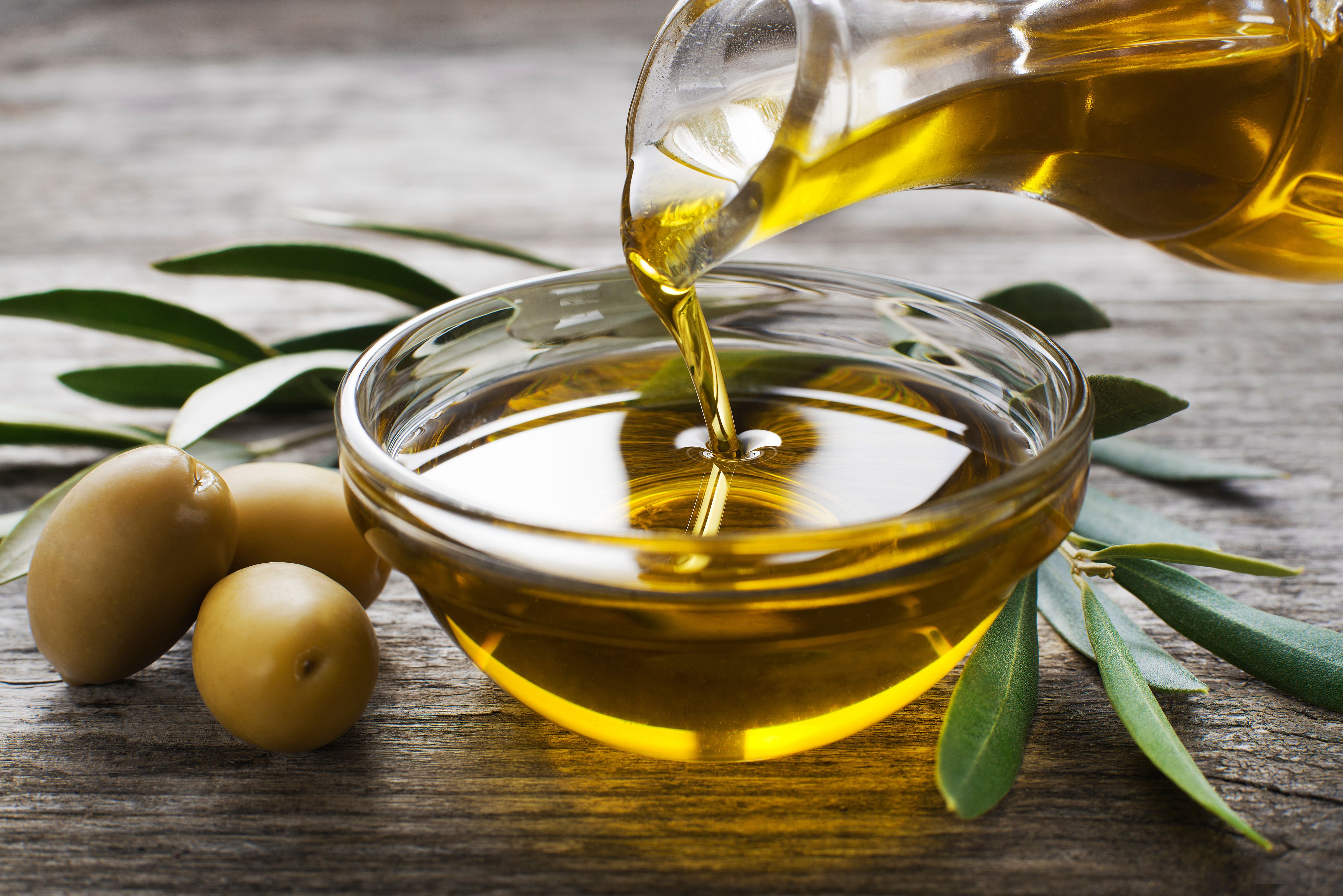Understanding the Compositional Changes of Torrefied Olive Mill Pomace Compost Using Infrared Spectroscopy
A new study explores the compositional changes of organic matter in torrefied olive mill pomace compost using infrared spectroscopy and chemometrics.
A new study published in the journal Spectrochimica Acta Part A: Molecular and Biomolecular Spectroscopy sheds light on the chemical changes that occur during torrefaction of olive mill pomace (OMP)-based compost (1). OMP is the major by-product of the olive oil industry and composting it is an attractive waste management practice in the context of sustainable food production. The study was conducted by Ana Domínguez-Vidal and her colleagues at the Universidad de Jaén in Jaén, Spain.
Olive oil | Image Credit: © Dušan Zidar - stock.adobe.com

Torrefaction is a thermal treatment process applied to biomass. It involves heating the material in the absence of oxygen at temperatures ranging from 200 to 300 °C for a certain duration. During torrefaction, the material undergoes physical and chemical changes, resulting in the production of torrefied biomass with enhanced properties. The torrefied biomass can be used as fuel or as a high-quality soil amendment.
Thermal treatment of compost at mild temperatures (torrefaction) can improve its characteristics as a soil amendment. In this study, treatments at different temperatures (175, 225, and 275 °C) and durations (from 1 to 5 hours) were employed to obtain torrefied samples. The results showed that the H/C and O/C atomic ratios of compost samples decreased with torrefaction temperatures, which suggests an incipient coalification of the organic matter.
The study also found that a combination of FT-NIR and FT-IR spectroscopy using a low-level data fusion strategy is very sensitive to the molecular changes occurring both in the composting process and during heating. Principal component analysis (PCA) of the merged spectra revealed that the changes at 175 °C are mainly the loss of water together with the degradation of proteins. The samples heated at this temperature can still be differentiated by their initial maturation stage. On the other hand, thermochemical changes occurring at higher temperatures are more intense and make the samples more alike, independently of the composting time.
When heating above 225 °C, the loss of aliphatic moieties reflected in the bands 2920 and 2850 cm−1 (FT-IR) and 4258, 4323, 5665, and 5781 cm−1 (FT-NIR) happened together with the loss of O–H. This can be attributed to the thermal degradation of cellulosic materials and, additionally, to the degradation of the residual oil in the case of poorly composted samples. Heated samples are characterized by the presence of carbonyl groups and humic-like complex and polymerized aromatic structures.
The study suggests that torrefaction may be a very interesting way to reduce the composting time of olive mill pomace to obtain a high-quality organic amendment for soil application. This is particularly important given the increasing concern for achieving a more sustainable food production chain and the need to valorize by-products to reduce the environmental impact of the agro-food industry. Composting OMP along with other complementary wastes has been proposed as an efficient solution for its recycling, and torrefaction can aid in improving its characteristics as a soil amendment.
Reference
(1) Rueda, M. P.; Comino, F.; Aranda, V.; Ayora-Cañada, M. J.; Domínguez-Vidal, A. Understanding the compositional changes of organic matter in torrefied olive mill pomace compost using infrared spectroscopy and chemometrics. Spectrochim. Acta A Mol. Biomol. Spectrosc. 2023, 293, 122450. DOI: 10.1016/j.saa.2023.122450
New Spectroscopic Study Examines Hazelnut Authentication Methods
March 31st 2025A new study published in Spectrochimica Acta Part A: Molecular and Biomolecular Spectroscopy demonstrates that near infrared (NIR) spectroscopy is a highly accurate and reliable method for authenticating hazelnut cultivars and geographical origins.
Assessing Milk Protein Stability Using ATR-FT-IR Spectroscopy
March 18th 2025A study published in the International Journal of Dairy Technology by lead author Mark A. Fenelon and his team at Teagasc Food Research Centre and University College Dublin demonstrates that ATR-FT-IR spectroscopy can effectively monitor heat-induced structural changes in milk proteins and colloidal calcium phosphate, offering valuable insights for optimizing dairy product stability and quality.


